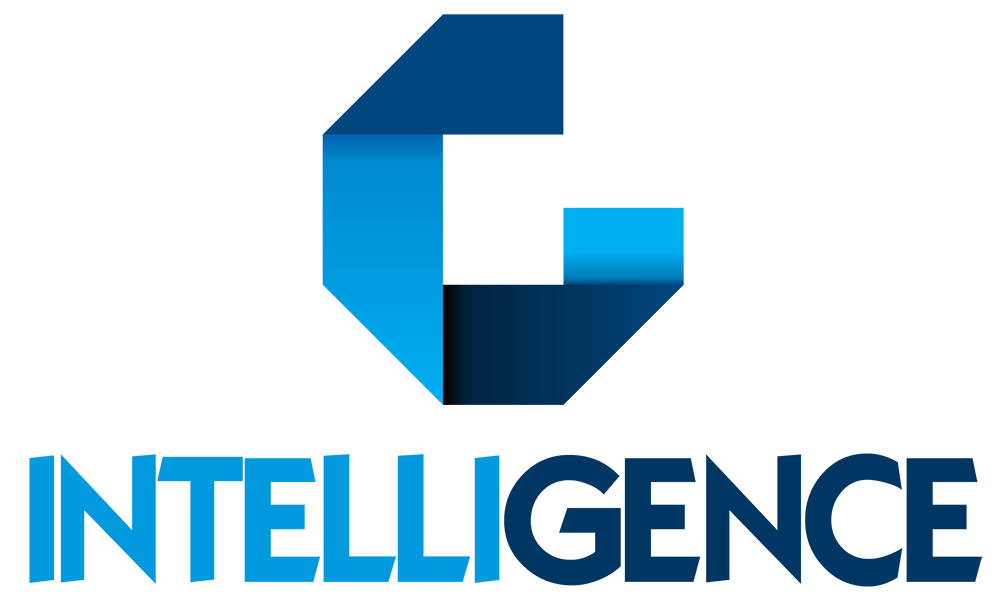Change Management
Course Schedule

Change Management
Traditionally, change happened in short bursts, and was often followed by a longer period of stable operations. With the rate things change today, those rest periods are a thing of the past: change in the workplace can be continuous. How can companies adapting to change keep up to date? With the right strategies for change management in place, dealing with changes in the workplace can go from stressful, rocky rides to easy transitions. In this Change Management course, students learn how to cope with changes in the workplace, whether it’s a change in organizational structure, an upgrade in technology, or changing workflow and production.
Students learn healthy ways of reacting to change, how to handle transition periods, and learn to see change as an opportunity for motivation and innovation.
- Moral purpose: Participants is to be directed by a moral purpose which is manifested in caring for and in endeavoring to improve the life of the staff, of clients and of society as a whole.
- Understand the change process: Participants must understand how to implement good ideas. Doing so, to control the troubles that may occur at the beginning of introducing changes, the participants must if necessary change the organizational culture.
- Relationship building is of crucial importance for successful introduction of changes. Without good relationships, things will deteriorate. Aiming to solve problems, participants will endeavour to cooperate with his/her staff.
- Knowledge creation and sharing; Participants shall stimulate the staff to engage in permanent learning and acquiring new knowledge. The employees are not supposed to keep their knowledge to themselves. They must share it for the benefit of a successful solution of problems.
- Coherence making: is leaders’ permanent task, since in the culture of changes which is accompanied by in equilibrium and instability, leading of staff is a most demanding job.
UPSTREAM CHANGE
Phase 1: Prepare to Lead the Change: Start up, staff, and create your case change.
- Hearing the wake-up call
- Prepare to lead the change
- Start Up and Staff Change Effort
- Create case for change and determine desired outcomes
- Consulting Questions
Phase 1: Prepare to Lead the Change: Assess and Build your Organization’s Readiness and Capacity
- Assess and Build Organization’s Readiness and Capacity
- Build Leader’s Capability to lead the Change
- Consulting Questions
Phase 1: Prepare to Lead the Change: Clarify your Overall Change Strategy
- Clarify Overall Change Strategy
- Consulting Questions
Phase 1: Prepare to Lead the Change: Build the Infrastructure and Conditions to Support your Change Effort
- Build the Infrastructure and Conditions to Support your Change Effort
- Consulting Questions
Phase 2: Create Organizational Vision, Commitment and Capability
- Build Organizational Understanding of Case for Change, Vision and Change Strategy
- Increase Organizational Capability to Change
- Consulting Questions
Phase 3: Assess the Situation to Determine Design Requirements
- Assess the Situation to Determine Design Requirements
- Consulting Questions
MIDSTREAM CHANGE
Phase 4: Design the Desired State
- Design the Desired State
- Consulting Questions
Phase 5: Analyze the Impact
- Analyze the Impact of Desired State
- Consulting Questions
Phase 6: Plan and Organize for Implementation
- Develop Implementation Master Plan
- Prepare Organization to Support Implementation
- Consulting Questions
DOWNSTREAM CHANGE
Phase 7: Implement the Change
- Implement the Change
- Consulting Questions
Phase 8: Celebrate and Integrate the New State of Change
- Celebrate Achievement of Desired State
- Support Integration and Mastery
- Consulting Questions
Phase 9: Learn and Course-Correct
- Build System to Continuous Improvement
- Learn from Your Change Process and Establish Best Practices
- Dismantle Temporary Change Infrastructure
- Consulting Questions
LEVERAGING THE CHANGE LEADER’S ROADMAP
Putting The Change Leader’s Roadmap into Practice
- The Model as a Think Discipline
- Development Stages for Learning the CLR Methodology
- Reactions to the Change Leader’s Roadmap Model
- A top-Down versus Multi-directional Approach to Change
Opportunities for Leveraging the Change Leader’s Roadmap Methodology
- The CLR Critical Path
- Using the Change Leader’s Roadmap as your Common Change Methodology
- Using the CLR to Change Your Organization’s Culture
- The CLR Just-in-Time Consulting Strategy
- Accelerating the Change Process
- Using the CLR as a Phase Gate Process
| Sub Code | EM003 |
| Start Date | Sun,Mar,6,2022 |
| End Date | Thu,Mar,10,2022 |
| Duration | 5 Days |
| Fee(US$) | 3250 |
| Location | Jeddah |
| Reminder |

|

